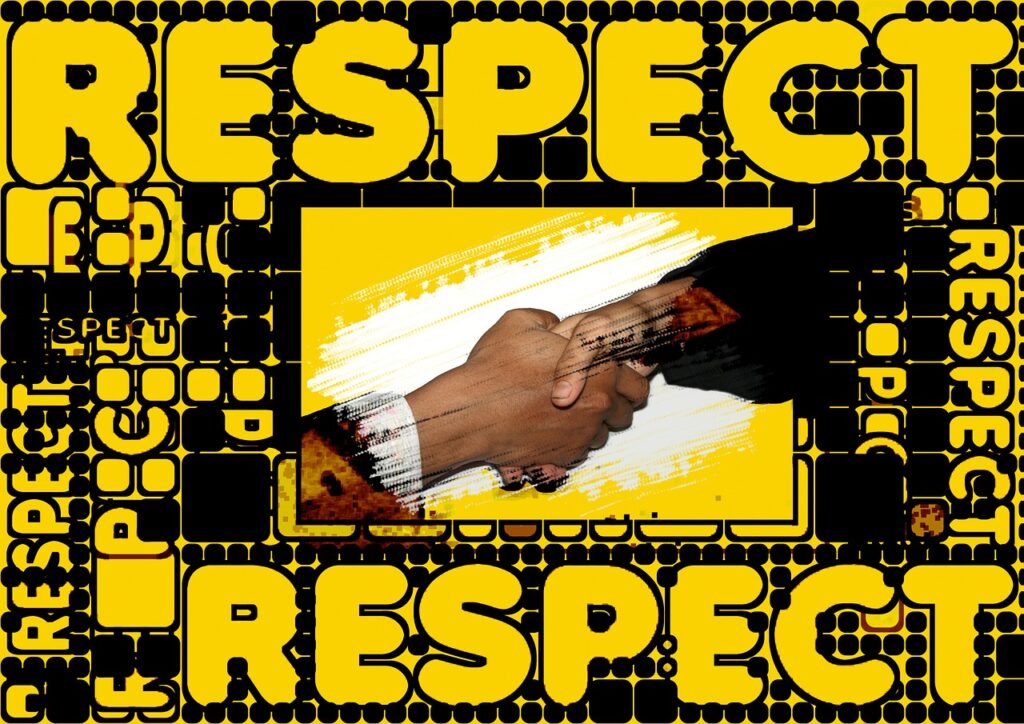Importance Of Recognition
Almost everyone will get recognized for negative things that they do, but it is much less often that individuals are recognized for the positive things that they do. This unfortunate circumstance is something that all people should work to change in the workplace as well as their personal lives. In recent years, more companies have begun to implement employee recognition programs, with safety recognition being included. However, there are good and bad ways to manage a safety recognition program.
OSHA’s Take On Safety Incentive Programs
Many people think that OSHA disapproves of safety incentive programs because they increase the likelihood of workers not reporting injuries sustained on the job. According to OSHA, “employers must not use incentive programs in a way that penalizes workers for reporting work-related injuries or illness.”. What this means is that a safety incentive program should be implemented in a way that provides motivation to work safely, but not so much so that workers will avoid reporting incidents to not lose out on a prize.
Examples Of Incentive Programs To Avoid
- A cash prize incentive for a work crew going 30 days without a lost time incident. If one employee reports a lost time injury, and the whole crew loses out on the prize as a result, the crew may be pressured not to report a lost time incident in the future.
- A program where workers a crew is rewarded for reporting 100 safety observations per month. The goal may not be met by the workers, even if they have been exceptional in the safety department for that month.
- Handing out small prizes, hosting a raffle, providing free lunch etc. for a certain amount of potential hazards reported/corrected.
- Handing out tokens, certificates or plaques for continued safe work.
- Shouting out workers during morning huddles for safe work or reporting potential hazards.
- Handing out raffle tickets to workers who have served as a good role model for safety to their team to be entered into a pool for a small reward.
Recognize Friends And Coworkers
